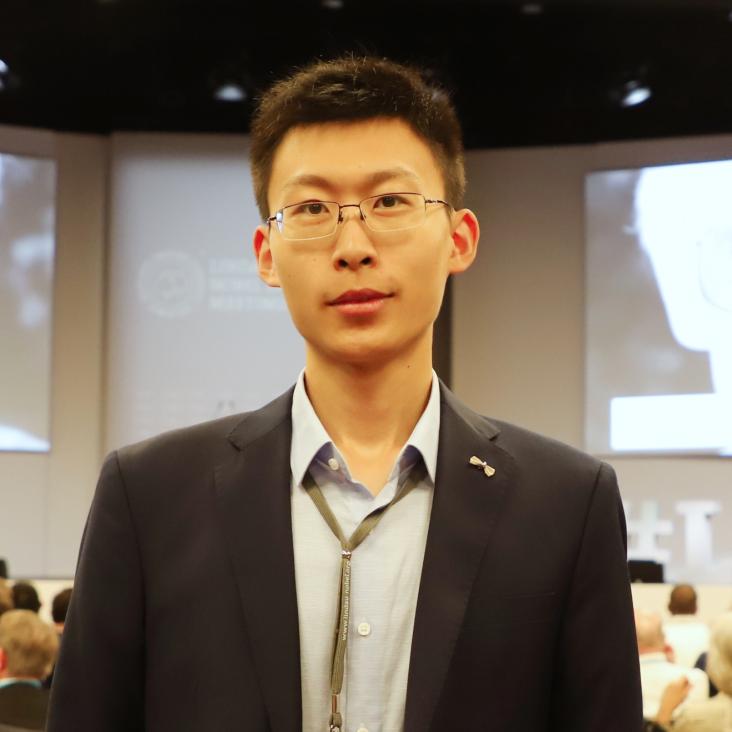Shedding light on the future: exploring quantum neural networks through optics
Advanced Quantum Technologies Wiley (2024) 2400074
Abstract:
At the dynamic nexus of artificial intelligence and quantum technology, quantum neural networks (QNNs) play an important role as an emerging technology in the rapidly developing field of quantum machine learning. This development is set to revolutionize the applications of quantum computing. This article reviews the concept of QNNs and their physical realizations, particularly implementations based on quantum optics. The integration of quantum principles with classical neural network architectures is first examined to create QNNs. Some specific examples, such as the quantum perceptron, quantum convolutional neural networks, and quantum Boltzmann machines are discussed. Subsequently, the feasibility of implementing QNNs through photonics is analyzed. The key challenge here lies in achieving the required non-linear gates, and measurement-induced approaches, among others, seem promising. To unlock the computational potential of QNNs, addressing the challenge of scaling their complexity through quantum optics is crucial. Progress in controlling quantum states of light is continuously advancing the field. Additionally, it has been discovered that different QNN architectures can be unified through non-Gaussian operations. This insight will aid in better understanding and developing more complex QNN circuits.Experimental benchmarking of quantum state overlap estimation strategies with photonic systems
ArXiv 2406.0681 (2024)
Resource-Efficient Direct Characterization of General Density Matrix
Physical Review Letters American Physical Society (APS) 132:3 (2024) 030201
Neural networks for quantum inverse problems
New Journal of Physics IOP Publishing 24:6 (2022) 063002
Abstract:
Quantum inverse problem (QIP) is the problem of estimating an unknown quantum system from a set of measurements, whereas the classical counterpart is the inverse problem of estimating a distribution from a set of observations. In this paper, we present a neural-network-based method for QIPs, which has been widely explored for its classical counterpart. The proposed method utilizes the quantumness of the QIPs and takes advantage of the computational power of neural networks to achieve remarkable efficiency for the quantum state estimation. We test the method on the problem of maximum entropy estimation of an unknown state ρ from partial information both numerically and experimentally. Our method yields high fidelity, efficiency and robustness for both numerical experiments and quantum optical experiments.Direct Characterization of Quantum Measurements Using Weak Values
Physical Review Letters American Physical Society (APS) 127:18 (2021) 180401


